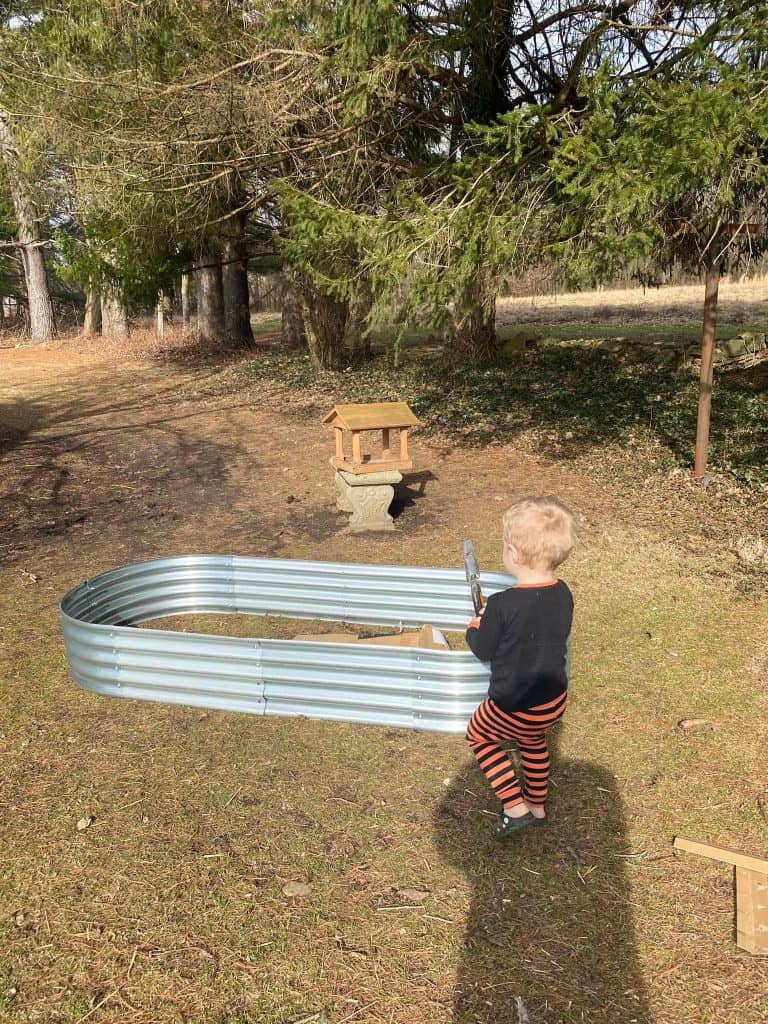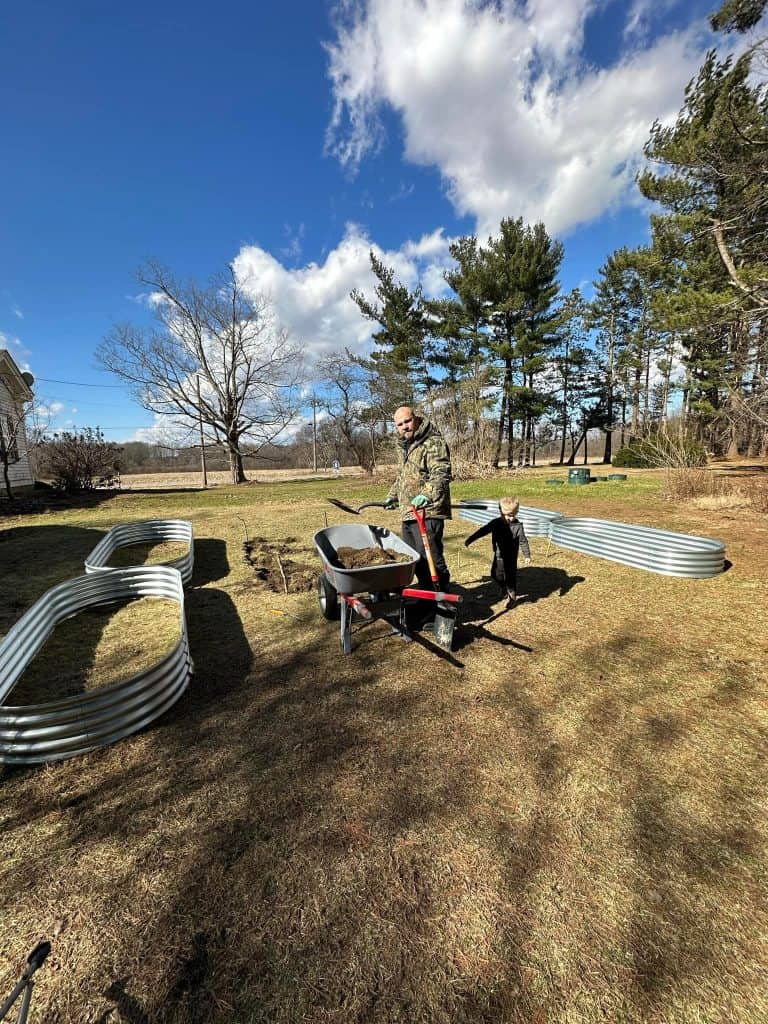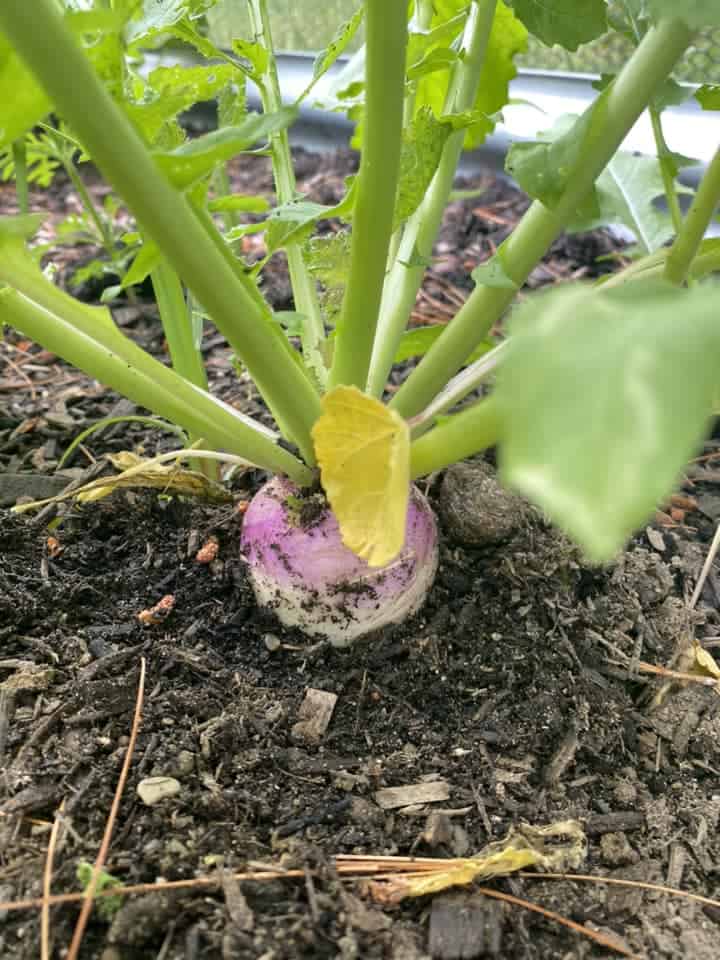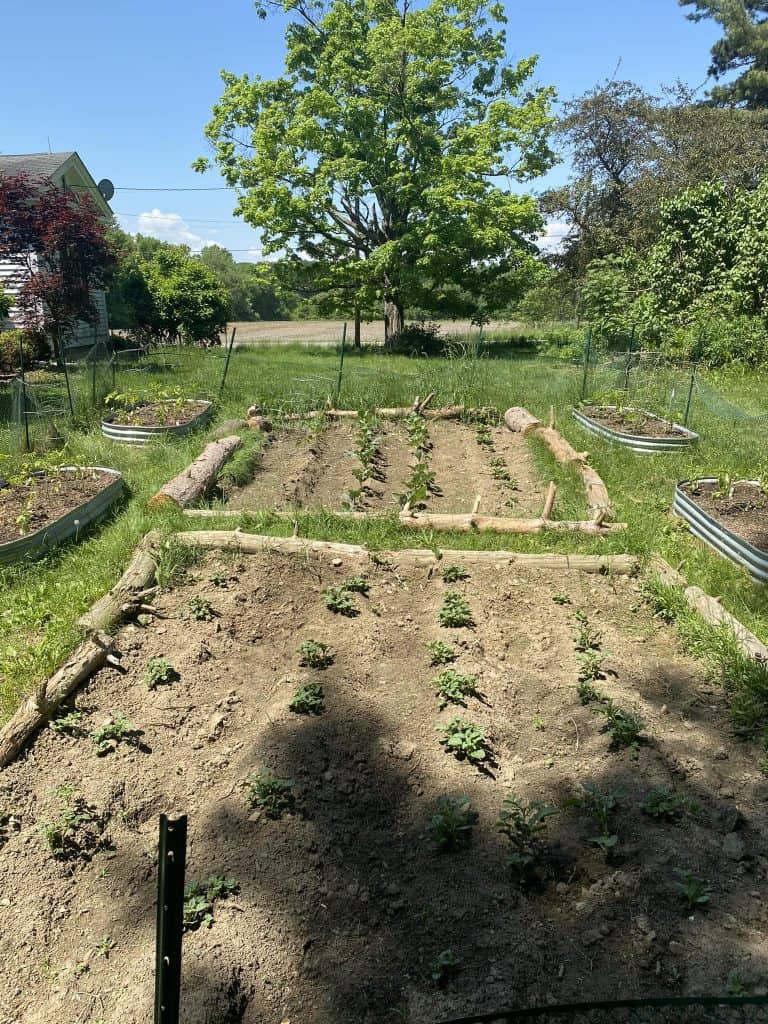When my wife Jackie and I moved into our home on 10 acres back in late 2020, I had big plans for a vegetable garden. The idea of growing our own food was exciting, but it turned out that our yard had other plans. Over the next couple of years, I discovered just how challenging it could be to find the right spot for a garden.
Some areas flooded after a heavy rain, while others were packed with such heavy clay that the soil might as well have been concrete. Despite adding limestone, composted chicken manure, and other amendments, nothing seemed to improve it. Those first two attempts at a vegetable plot were total fails. Nothing seemed to work out as planned.
By 2022, I was ready to try again—this time with a fresh approach. I decided to experiment with two large tilled plots and four raised beds made of metal. The raised beds were a bit of an afternoon project, and with my son helping me assemble them, it turned into a fun little teamwork session. The packaging was sturdy, and the assembly straightforward, though there were a few moments where I had to use some muscle to get the frames lined up just right.

The raised beds have been a game-changer. They’re sturdy, modern-looking, and functional. Over the past two years, they’ve provided us with an abundance of tomatoes, peppers, jalapeños, and herbs. The open bottom design allows for proper drainage, and I’ve found a layering method that works perfectly: twigs and leaves at the base, topped with compost, chicken manure, and good-quality topsoil.
If you’re looking for a reliable solution for your vegetable garden, the Land Guard Galvanized Raised Garden Bed Kit is worth considering. Made from galvanized steel, these beds are designed to resist rust and corrosion, even in tough weather conditions, ensuring they last for years. Their oval shape, combined with reinforced crossbars, keeps the structure sturdy and prevents soil from bowing or leaking out when filled. Plus, the use of environmentally friendly paint means your plants can thrive in a safe and healthy environment.

With dimensions of 8×4×2 feet, these beds offer an impressive planting volume—64 cubic feet or roughly 396 gallons. That’s plenty of space for vegetables with medium to deep roots like carrots, beans, and broccoli. The 2-foot height is a real bonus, giving plants the depth they need to grow while making gardening easier on your back by reducing the need to bend down so much. The open bottom design allows roots to grow freely into the soil below and ensures proper drainage, which is great for preventing waterlogging.
Assembly is straightforward and doesn’t require much in the way of tools, making setup hassle-free. The galvanized steel material ensures durability, avoiding the rotting or warping issues common with wooden beds. Some gardeners have noted that the metal edges can bend under heavy pressure, but with careful handling during assembly, this can be avoided.
Whether you’re a seasoned gardener or like me you’re just getting started, the Land Guard Galvanized Raised Garden Bed Kit combines durability, functionality, and ease of use, making it a practical choice for enhancing your gardening experience.
While the raised beds are fantastic, they’re not ideal for everything. Deep-rooted vegetables like carrots or parsnips can struggle in the limited depth. Turnips have done well, but for anything that needs extra room to grow, I stick to tilled soil.
I’ve also experimented with creating a much larger raised bed using eastern white pine logs from a tree I cut down on our property. That’s a story for another day, but it’s been a rewarding project.

Gardening here has been a learning process, and while it hasn’t always been easy, it’s been incredibly fulfilling to figure out what works in our space. Hopefully, sharing my experiences can help you tackle your own gardening challenges and turn even the trickiest soil into a thriving vegetable garden.

